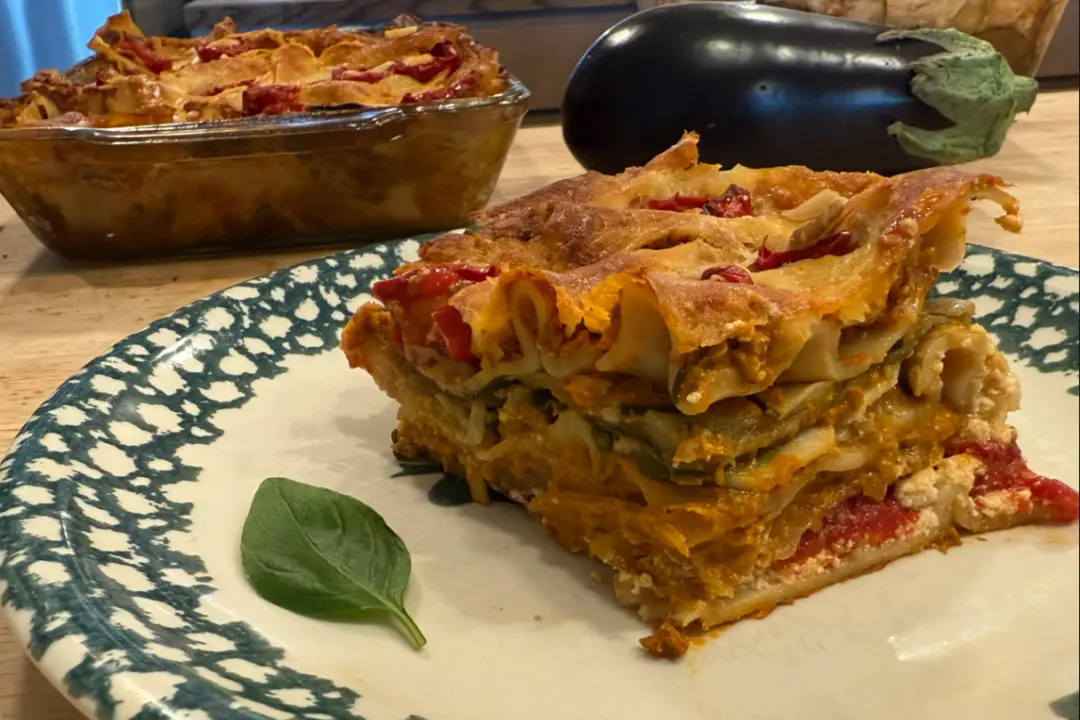When I’m looking to save money on food, I don’t usually hit the sushi bar. But it recently clicked for me that one of the most delicious, nutritious, and reasonably priced foods on earth is available wherever sushi is sold. And you can make it perfectly at home for even cheaper.
Edamame is Japanese for immature soybeans. As such, these tender treasures have not developed to the point where they could be dried and stored as a stable commodity. Instead, edamame is typically sold fresh or frozen, either shelled or still in pods. It’s not hard to prepare, and when edamame is available it can be difficult to focus on anything else.





